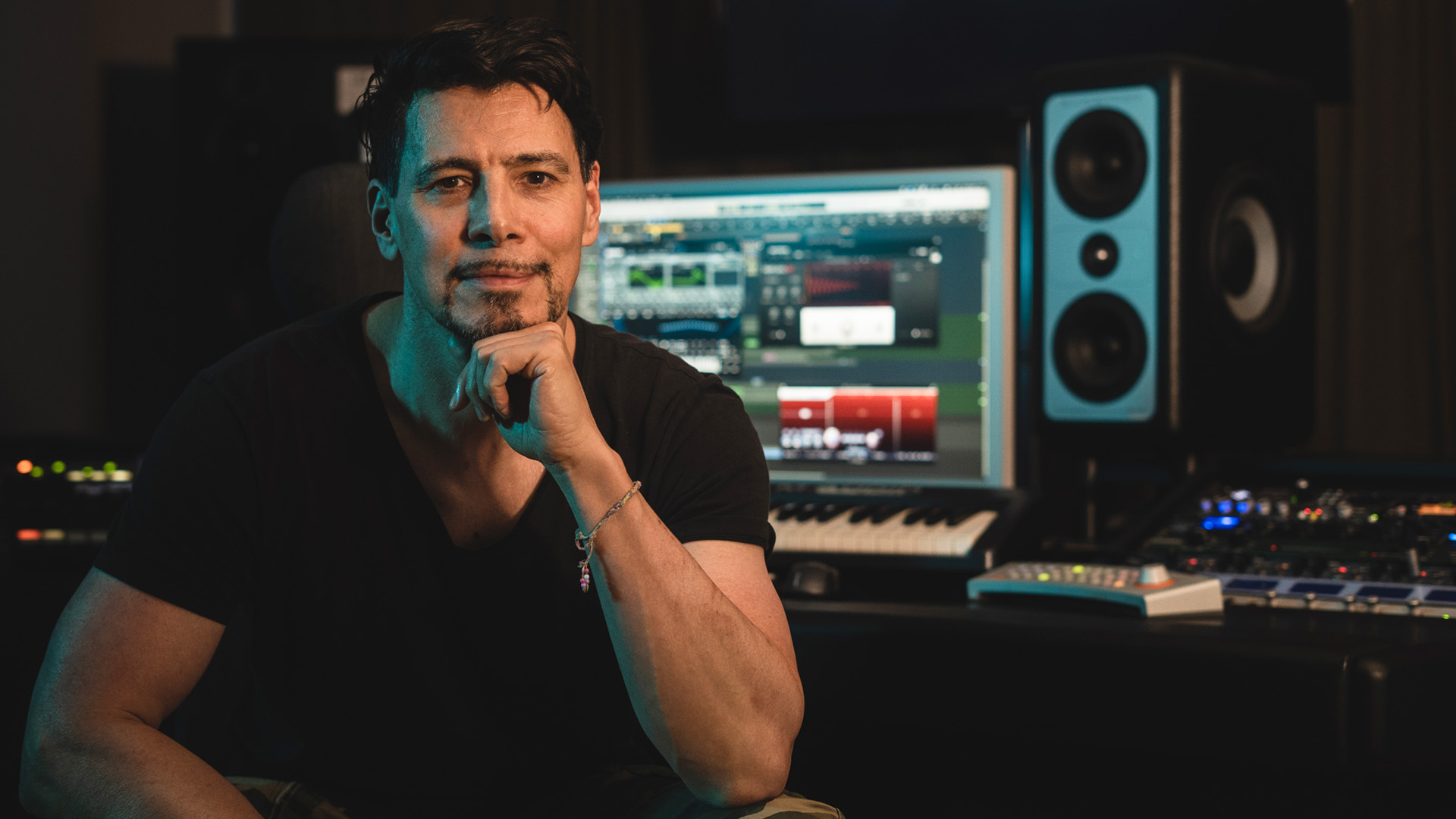
Producing A Club Track With Thomas Gold
Producing A Club Track With Thomas Gold
Lessons
Learn how to produce an electronic club track from start to finish in this exclusive masterclass with DJ & producer Thomas Gold.
Learn how to produce an electronic club track from start to finish in this exclusive masterclass with DJ & producer Thomas Gold.
Lessons
-
Finding Your Idea Part 1
-
Finding Your Idea Part 2
-
Developing Your Idea Part 1
-
Developing Your Idea Part 2
-
Arranging Your Idea
-
Drop Bass
-
Drop Drums and Bass
-
Second Drop
-
Finalizing the Arrangement
-
Finalizing the Production
-
Mastering Part 1
-
Mastering Part 2
-
Mastering Part 3
-
Creating an Extended Mix
-
Favorite Plugins and Storytelling
-
Now or Never
-
Strings
